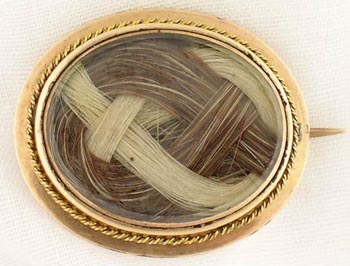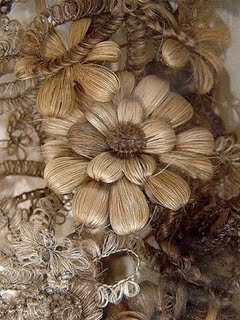History of Hair Jewelleries – Hair Art
Hair Art
Making jeweleries and ornamental items out of human hair was an important art form during the 18 th century. The hair used to usually come from an individual or a family. Hair was also made into various art forms like landscapes, flowers and wreaths.
Hair work are of many kinds. Various process are involved to produce varied works that are quite different from each other. However, the hair art involves different difficult techniques.
The Wreaths of Hair Flower:
Wreaths of hair flowers are formed by stitching the hair using a fine wire over a rod to form loops that gradually take shape of a flower, throught this process.
Horse shoe shape is one of the most common shape that these flower wreaths are made into. They may be of any size
Silk and velvets were used as bases for these wreaths.
The Hair Art Pendants:
These pendants had the hair of loved ones embedded into them.
Cut work is mostly used to make these hair work.
The Table Work:
Table work incorporates weaving or brading method along with bobbin lace-like weighted bobbins. Special tables are used for the process.
Solid as well as hollow length tubes, made of hair, can both be produced by the method.
These lobes or tubes of hair are then used to make necklaces, brooches, earrings, bracelets, etc.
The Palette Work:
Cut work is a more common name of the palette work.
Various folds of hair are layered up against each other. Some tissue like matreial holds the hair once they are glued to them.
This dry material is then cut into various shapes and patterns.
They are mostly used for preparing things to be set into pendants or brooches, etc.
The Sepia Hair Painting:
Finely grounded hair are used as colouring agents for the paint that is used in Sepia hair painting.
The colour used for the painting is actually that of the hair. Very rarely pastel colors are used . Some of these paintings may also incorporate some palette work here and there.

Brooch

